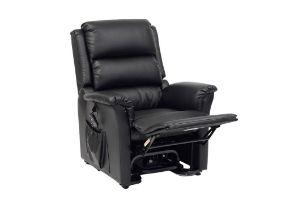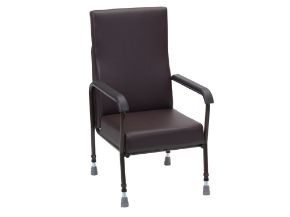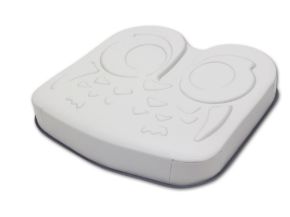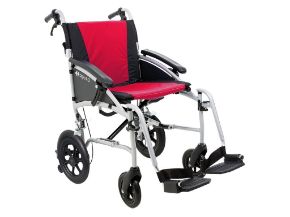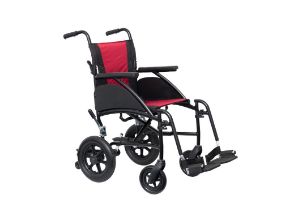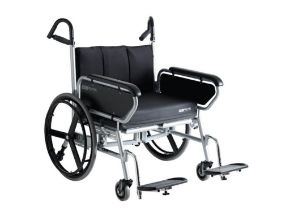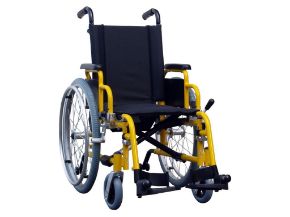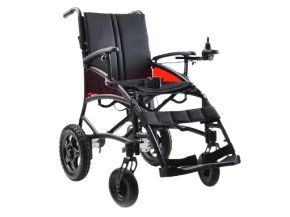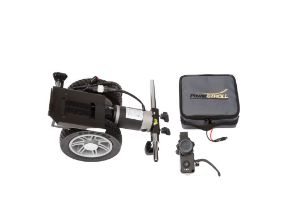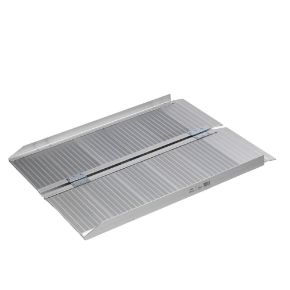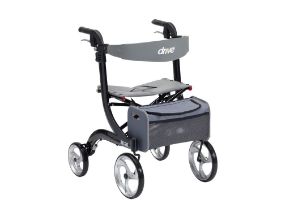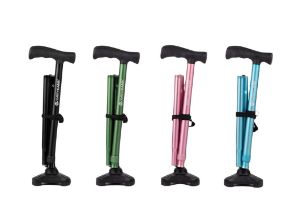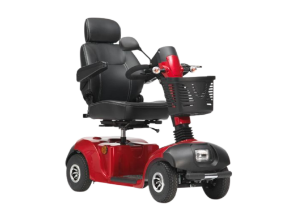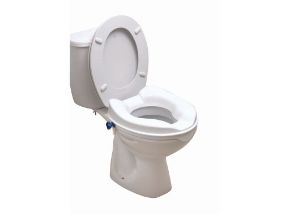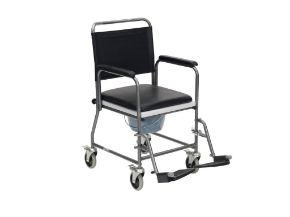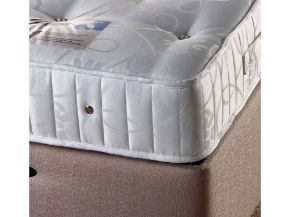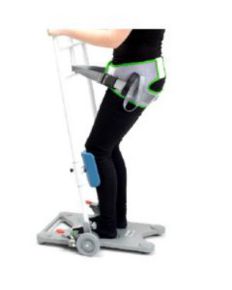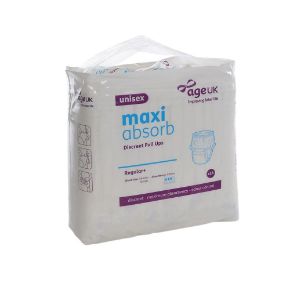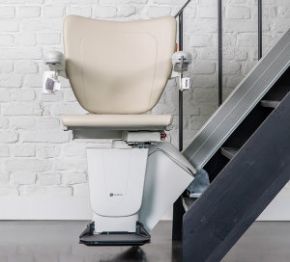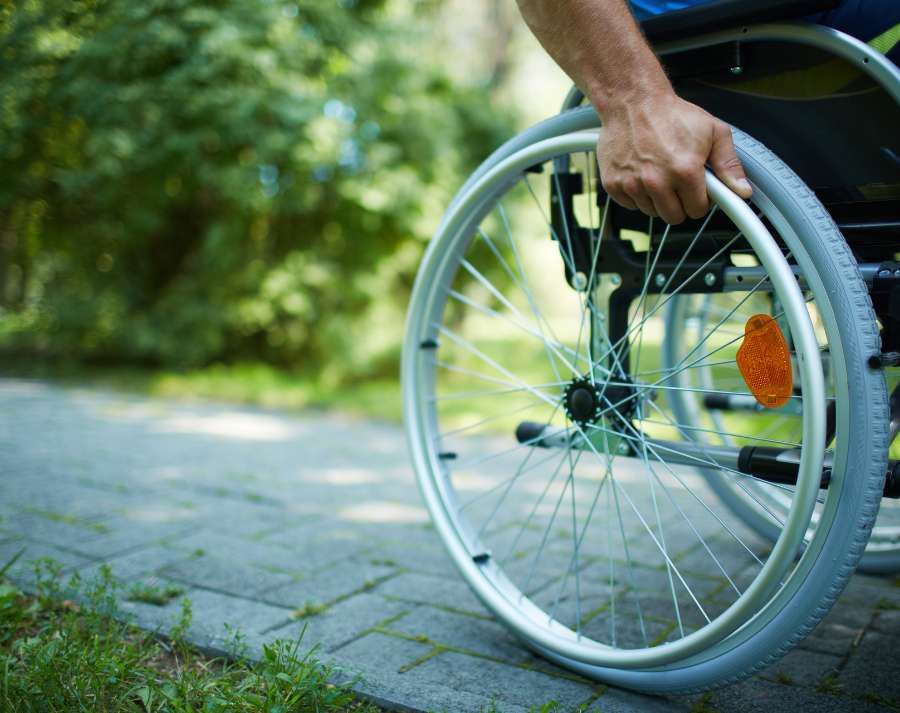Comfort is key priority for wheelchair users and we are on your side when it comes to providing it. Choosing the correct chair is a very important decision and you need to ensure that the one you are picking is going to be the perfect fit for you and your needs. You will want a wheelchair that is going to provide you with the finest comfort and also pressure relief. When picking your wheelchair, there will be a certain amount of factors that will determine what type of chair you go with.
Cookies help us deliver our services. By using our services, you agree to our use of cookies.

